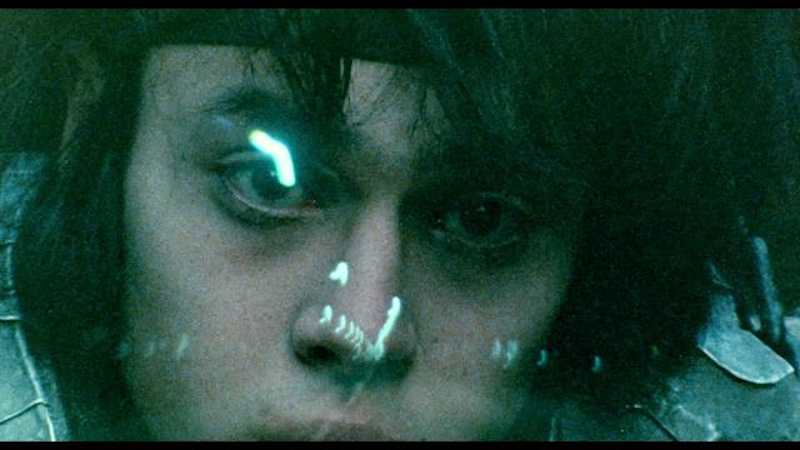Director – Sogo Ishii – 1982 – Japan – Cert. 18 – 115m
Film ****
Cultural significance *****
Arguably the lynchpin film that brought Japanese cinema back from the brink of extinction in the early 1980s and paved the way for much of what was to follow – on Blu-ray from Monday, November 20th 2020
Looked at today through Western eyes, the opening with its breakneck, speeded up race through (presumably) Tokyo cutting between nighttime and daytime POV shots, with motorbike noises, anticipates the more demented pixillated chase scenes of Tetsuo: The Iron Man (Shinya Tsukamoto, 1989), shots of bikers recall the anti-establishment feel of Easy Rider (Dennis Hopper, 1969) and patterns caused by moving lights burning into film emulsion recall Norman McClaren and Len Lye’s early animation experiments drawing and painting direct onto film. Then it seems to turn into Mad Max (George Miller, 1979) by way of a gangster film elements (two men in a car wearing a suit and a leather jacket respectively) who avoid a near collision with two punks on a motorcycle and sidecar.

How many of these precedents Ishii had in mind (or even had seen) when he made this is impossible to say. He had started making films on the Super 8 format while at Nihon University, where his earlier biker movie Crazy Thunder Road (1980) was his graduation film and his first foray into 16mm. Script is not the film’s strong point – in places it’s impossible to follow what’s going on. Nevertheless, themes and plot strands can be discerned.

In addition to the gangsters and motorcycle punk duo, other factions include the leader of another gang further up the food chain, cops in leather jackets with batons, races between cars, battle scenes between gangs, and a whore who wants to get out of the game. The latter is persuaded to take on one last client and related sequences involving bondage ensue (however, being Japan, where photographic representation of pubic hair isn’t allowed, there’s no actual nudity).
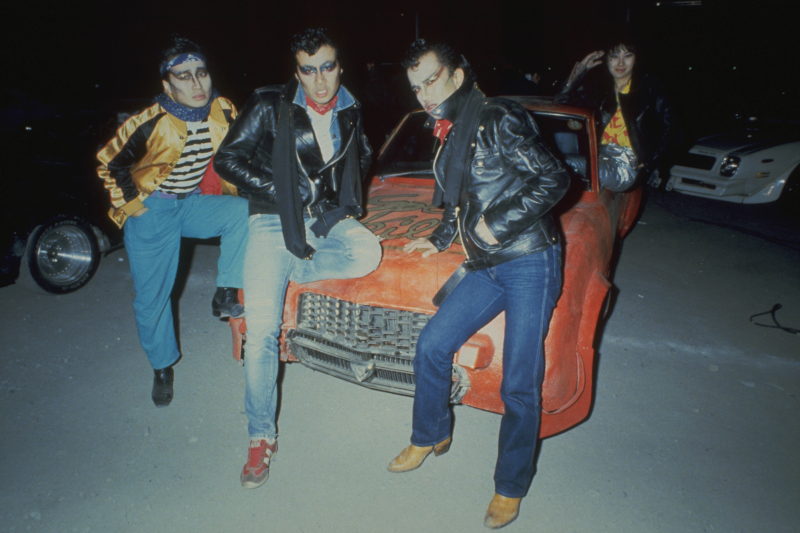
Where the film scores is in its representation of some of the Japanese punk rock bands and performers of the day including The Stalin, The Roosters and The Rockers (not that it’s easy to see which is which if you’re unfamiliar with the bands and their material, although the song Cell Number 8 proves highly distinctive).
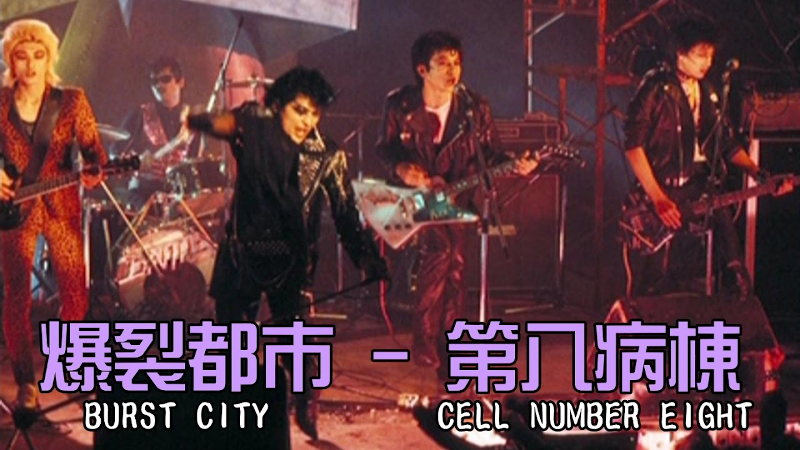
Like punk rock in the UK, the Japanese punk movement represented sticking a finger up at the establishment. The music here is fabulous and there’s lots of it, shot in a restless documentary style where the camera moves all over the place at the same breakneck speed as the music itself.
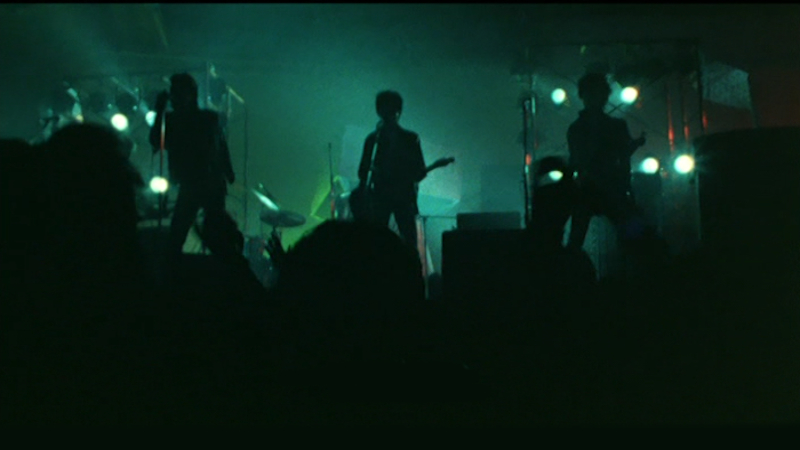
Ishii’s film, made for Toei following their unexpected box office success from distributing Crazy Thunder Road, similarly sticks a finger up at the Japanese movie establishment which had by the early 1980s pretty much shut down in terms of new talent entering the Studios. Even the route of Pinku Eiga (Pink Cinema i.e. porn), which had been open in the 1970s, was becoming inaccessible.
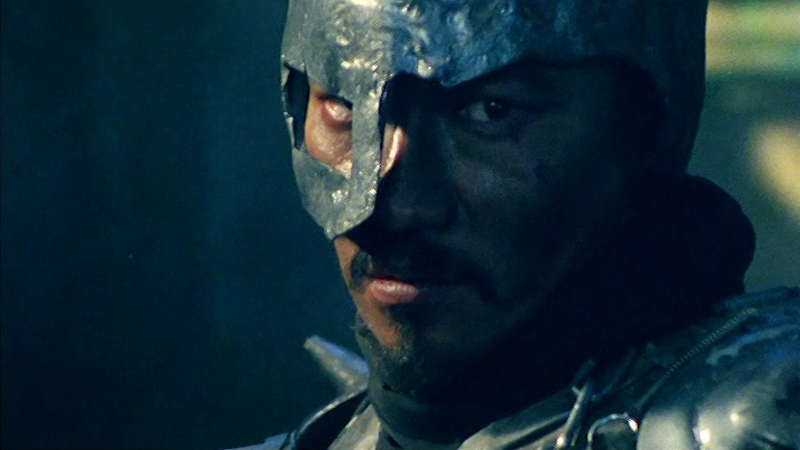
This is a fledgeling filmmaker saying to his contemporaries, largely excluded from their indigenous film industry, look at this, if I can do this then so can you. It’s frantic and hyperkinetic, shot in an abandoned factory two years before the final reel of The Terminator (James Cameron, 1984) did much the same to create in the US a particular Hollywood aesthetic, full of characters in outlandish costumes, little snippets of car and biker action, small fights and larger gang battles – and strangely compelling.
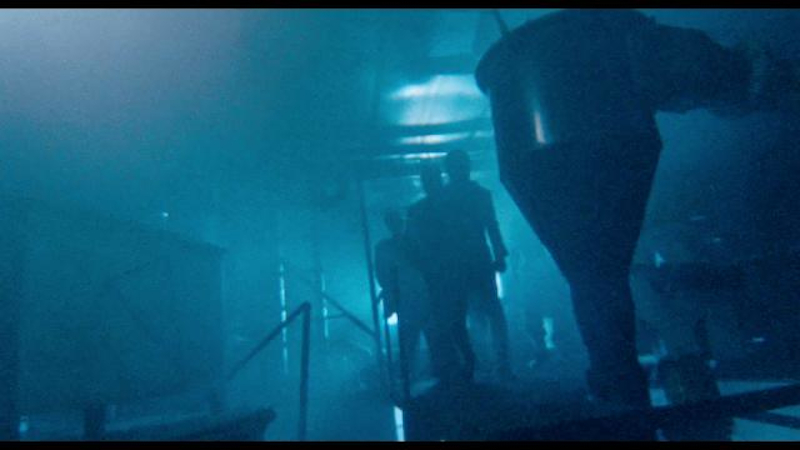
It’s the flagship of the Jishu Eiga movement (amateur films, made for no pay with, as legend has it, no film making skill). It’s not Ishii’s first film, and he subsequently went on to a long, if sometimes precarious, movie career. However, it’s one of the films (arguably the lynchpin film) that brought Japanese cinema back from the brink of extinction and paved the way for much of what was to follow.
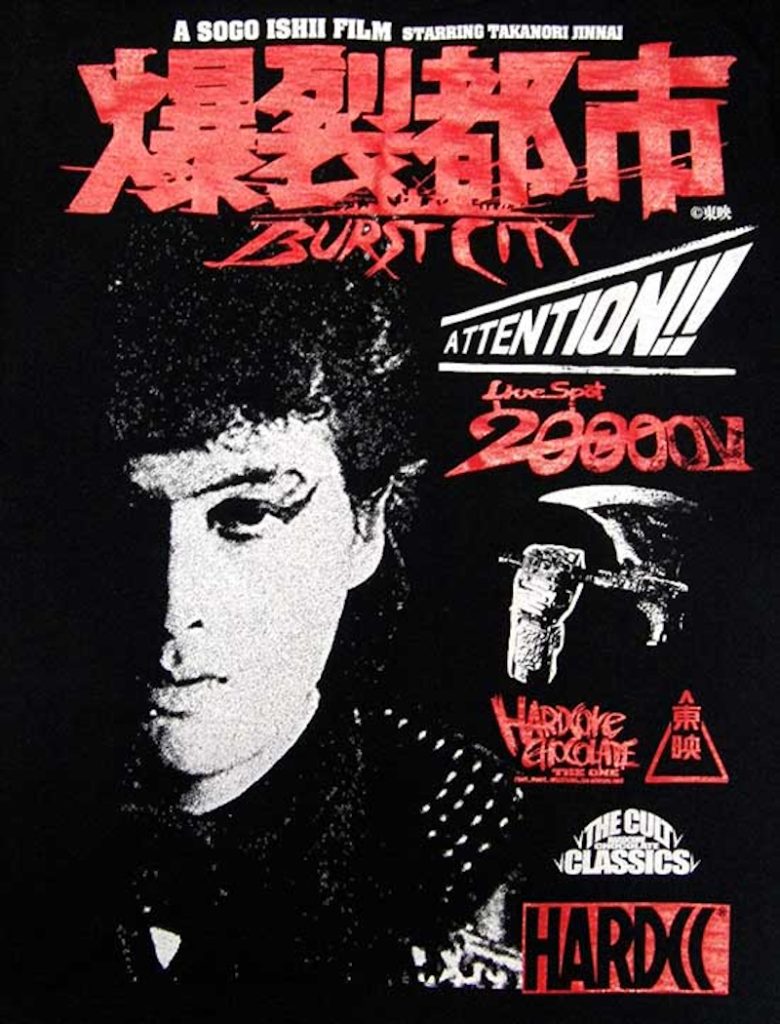
Arrow’s Blu-ray release includes a hugely informative one hour interview with Ishii shot under pandemic conditions with the unseen Jasper Sharp asking all the right questions, ending with, why did Sogo Ishii change his name to Gakuryu Ishii and Ishii giving satisfying and lengthy answers. There’s also a commentary by Sharp’s Midnight Eye co-founder Tom Mes. Other extras include the trailer. The disc contextualises this pivotal movie and proves an essential addition to the collection of anyone with an interest in Japanese or even world cinema.
Burst City is out on Blu-ray in the UK on Monday, November 20th 2020.
Trailer:
